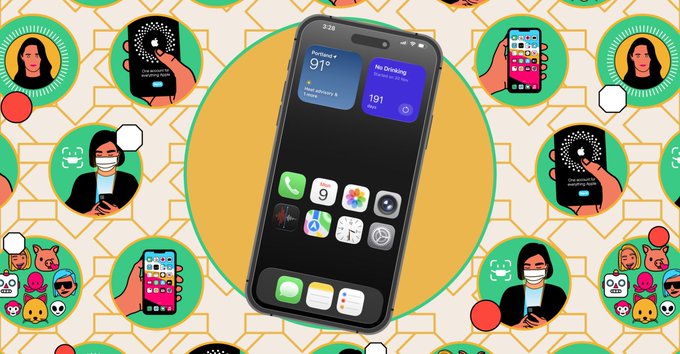How to Install iOS 26 Developer Beta on Your iPhone or iPad
Thinking about testing the latest Apple features early? You can now install the iOS 26 developer beta — no developer account required. Apple has made it easier than ever for iPhone and iPad users to experience the newest updates ahead of the official launch. In this quick guide, you’ll learn how to install the iOS 26 or iPadOS 26 developer beta safely and what to expect once you do.
Why Install iOS 26 Developer Beta?
Apple’s iOS 26 comes with a sleek new look called Liquid Glass, enhanced AI access, revamped Messages, and a new Games app. If you’re curious about Apple’s latest direction, installing the iOS 26 developer beta gives you a firsthand look. Just keep in mind: beta software is still under development. You might encounter bugs, crashes, or missing features, so avoid installing it on your primary device unless you’re comfortable troubleshooting.
How to Install iOS 26 Developer Beta Safely
Before you begin, back up your iPhone or iPad to avoid losing important data. Then, open the Settings app, go to General > Software Update > Beta Updates, and select iOS 26 Developer Beta (or iPadOS 26 if you’re on an iPad). Your device must be running iOS 16.4 or later to see the beta option. Once selected, follow the prompts to download and install the update. Be sure your device is fully charged or plugged in during the process.
Which Devices Support iOS 26 and iPadOS 26?
Apple has extended support for iOS 26 across a wide range of iPhones, starting from the iPhone SE (2nd gen) through the latest iPhone 16 Pro Max. On the iPad side, devices like the iPad Pro M4, iPad Air, and newer iPad models are all eligible. Check Apple’s official list to confirm compatibility with your specific device before attempting installation.
Final Thoughts Before You Try It
Installing the iOS 26 developer beta can be exciting — especially for tech enthusiasts eager to test new features like dynamic widgets and app enhancements. But be cautious: this is unfinished software. Expect occasional glitches, app incompatibilities, and reduced battery life. If you’re not ready to deal with those risks, waiting for the public beta or stable release may be the smarter choice.

